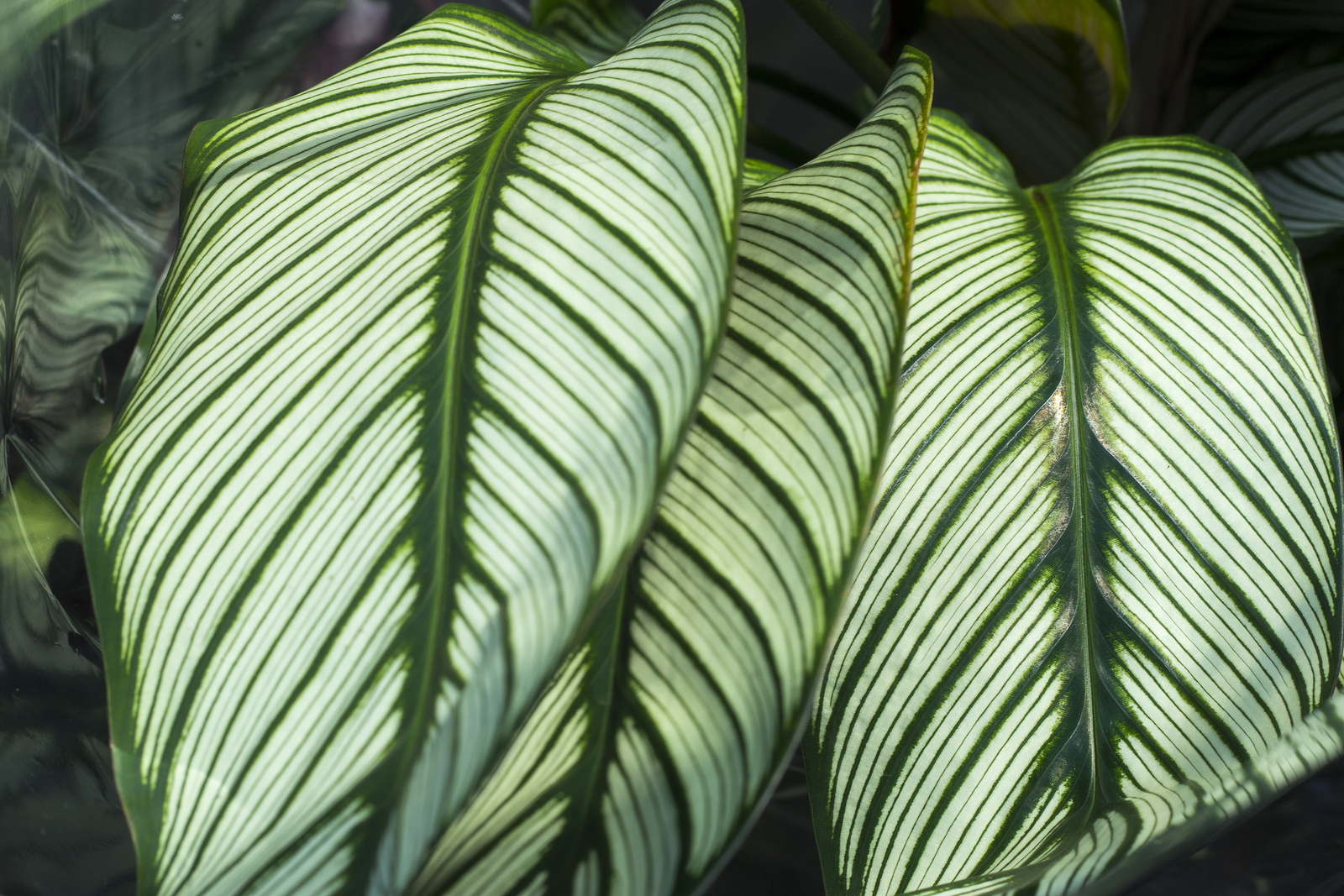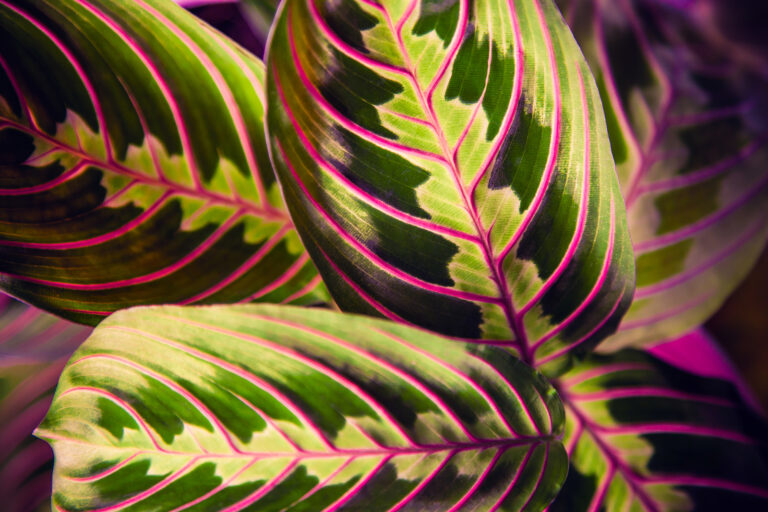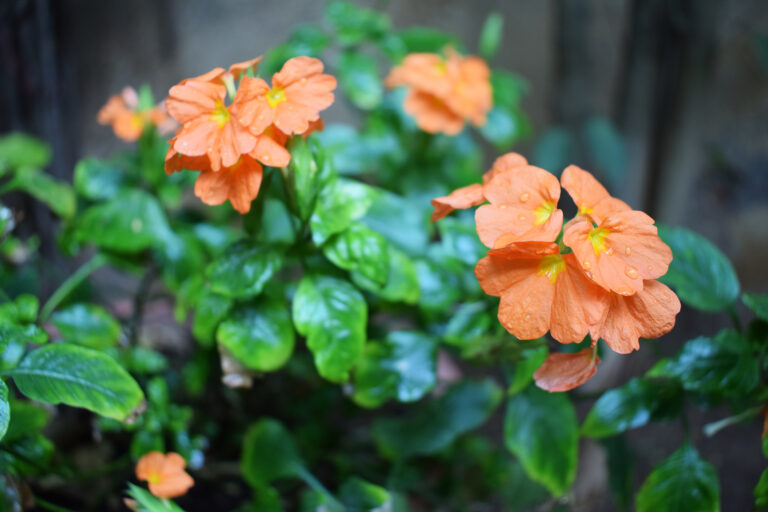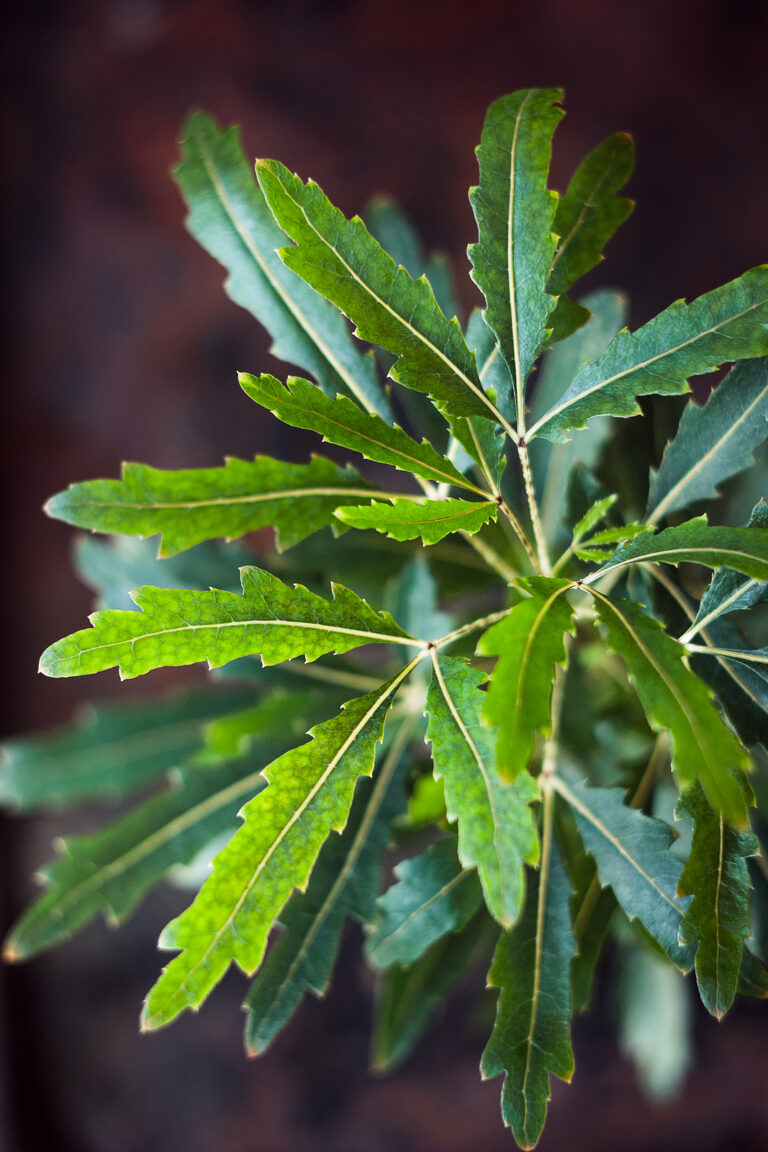How to Grow Dumbcane — Dieffenbachia
Dieffenbachia–commonly called Dumbcane–is a reliable, easy-to-grow tropical plant; it is often grown as a houseplant in temperate climates. It has large, paddle-shaped green leaves that are often variegated green, cream, and gold.
Dieffenbachia is an upright shrubby evergreen plant native to Tropical America. It can grow to 6 feet (2m) tall. Dieffenbachia thrives in a mixture of fibrous loam and peat with sand. It can be grown outdoors in partial shade in tropical regions; indoors it will grow in bright to low light.
Dieffenbachia prefers to be pot-bound. Only when the roots are very crowded does it need reporting.
Propagation of Dieffenbachia is by cuttings of the leafy top or by cutting up the old stems into short pieces.
Note that sap from the plant is slightly toxic and can cause swelling of the tongue if eaten. Be cautious in handling the plant as the juice is very acrid and poisonous.
Get to know Dieffenbachia
- Plant type: Tropical evergreen perennial
- Growing Zones and range: Zones 14, 15
- Hardiness: Tender
- Optimal growing temperature: day 68° to 72°F (20°-22°C), night 60° to 65°F (16°-18°C); keep Dieffenbachia away from cold drafts
- Height and width: Upright stems 1’ – 6’ tall depending on type and age
- Foliage: Large, mainly paddle-shaped, oblong or ovate fleshy green leaves, often variegated cream, and gold.
- Common name: Dumbcane, mother-in-law tongue
- Botanical name: Dieffenbachia
- Family: Araceae
- Origin: Tropical forests in North and South America
Where to plant Dieffenbachia
- Dieffenbachia needs medium light; too little light will cause leaves to drop.
- Grow Dieffenbachia in an all-purpose mix.
How to water and feed Dieffenbachia
- Allow the top inch of soil to dry out between waterings. Set containers on a tray of pebbles and water for higher humidity.
- Fertilize Dieffenbachia three times in summer with a 10-10-10 fertilizer.
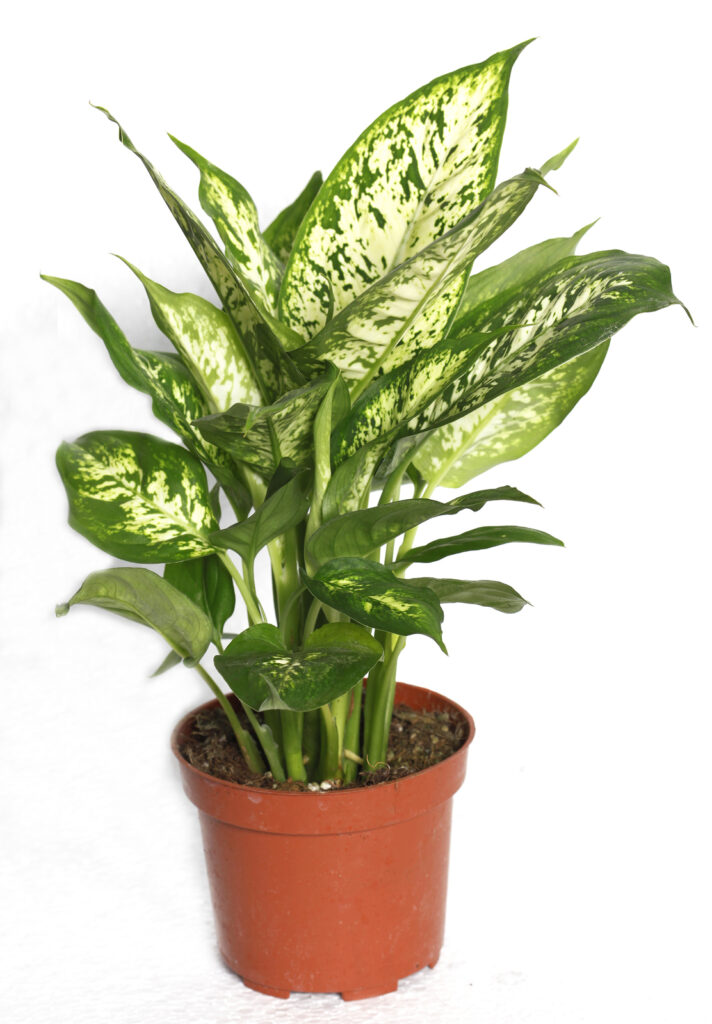
Dieffenbachia care
- Rinse or wipe off the large, broad leaves with a damp cloth about once a month.
- Remove withered or browning bottom leaves as they appear for a tidy appearance.
- Wash foliage regularly to remove dust.
- Sap from this plant can irritate the skin, stain clothes, and is slightly toxic; keep the plant away from children and pets.
Growing Dieffenbachia as a houseplant
- Dieffenbachia can adapt to various growing conditions, but it does best in bright but diffused light, average temperature, and medium to high humidity.
- The soil can be allowed to approach dryness between thorough waterings, but it should not dry out completely.
- Fertilizer should be applied in spring and in summer.
Dieffenbachia common problems
- Plants tend to drop their lower foliage as they age. In time, there will be a bare stem with a tuft of leaves. To rejuvenate the plant, cut the stem back to about 6 inches (15cm) tall.
- Control spider mites by raising the humidity and spraying with horticultural oil.
- Knock mealybugs off the plant with a strong spray of water or spray with insecticidal soap.
- Overwatering and lack of light can produce thin stems and widely spaced leaves.
Dieffenbachia propagation
- Air layer the stems or take tip or stem cuttings.
Dieffenbachia varieties to grow
- Dieffenbachia amoena. Grows to 6 feet or more; dark green leaves with narrow white, slanting stripes on either side of the midrib.
- D. bausei. Grow to 3 feet or more tall; greenish yellow leave with deep green blotches and white flecks.
- D. ‘Camila’ has primarily cream leaves with deep green margins.
- D. ‘Exotica’ has gold-speckled leaves.
- D. maculata. Grows to 6 feet tall or taller; wide oval gre=en leaves with greenish white does and patches; cultiavr D. ‘Rudolph Roehrs’ is cream with green veins.

